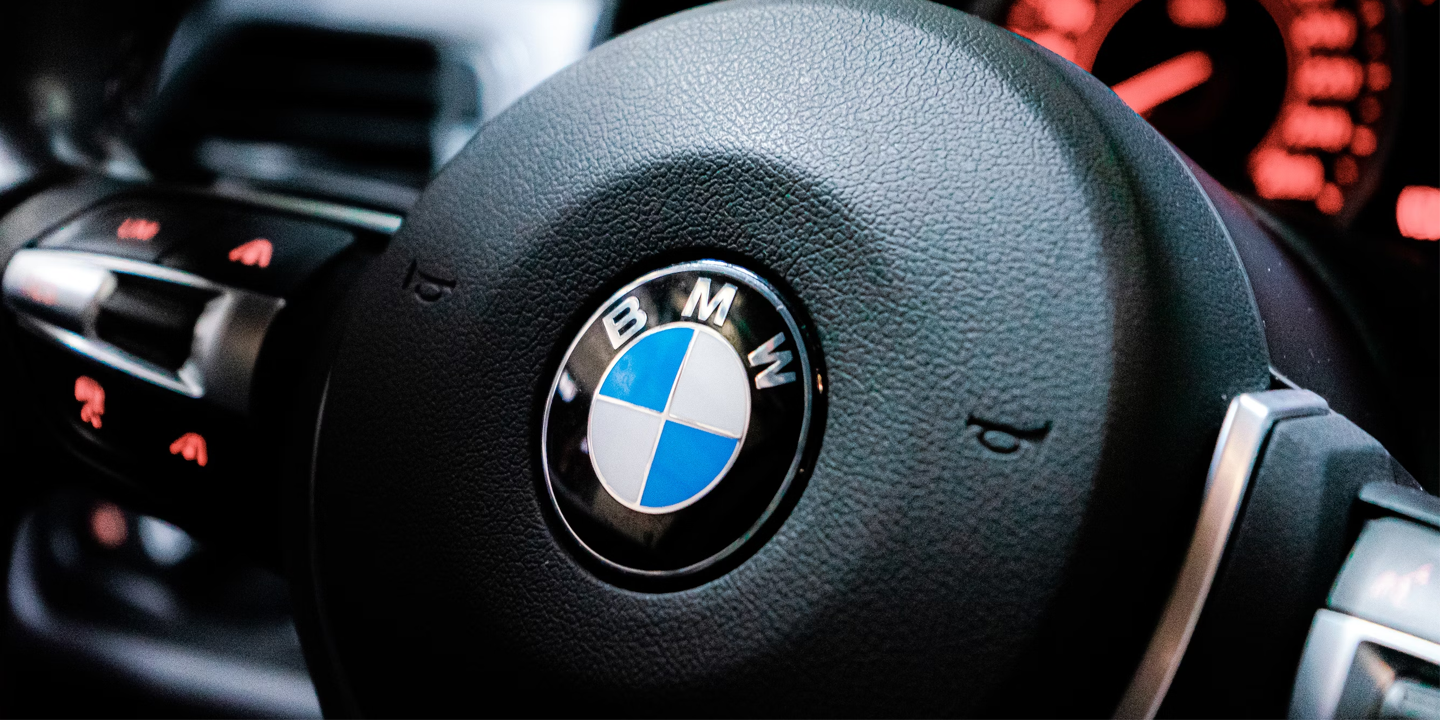Form Over Function
Cool curves and sleek lines might turn heads, but they can also block the view. In the pursuit of style, some automakers sacrificed what matters most: being able to see the road. It doesn’t take long before wide pillars and tiny windows become more frustrating than fashionable. That brings us to the first group: cars with frustrating visibility issues, followed by a look at models that actually get it right with clear, confident views of the road.
 Stefan Krause, Germany on Wikimedia
Stefan Krause, Germany on Wikimedia
1. 2010 Chevrolet Camaro
Few designs have embraced retro flair quite like the 2010 Camaro, yet that nostalgia came with a cost. A high beltline limits rear and side visibility, while thick C-pillars turn merging into a challenge. Backup cameras weren’t standard, so many drivers relied on sensors to compensate.
 U.S. National Highway Traffic Safety Administration on Wikimedia
U.S. National Highway Traffic Safety Administration on Wikimedia
2. Toyota FJ Cruiser
The FJ Cruiser’s wide rear pillars create blind spots you can’t ignore, and rear side windows barely qualify as functional. In tight situations, suicide doors further block side vision when open. Some drivers even joked about needing a spotter just to back out safely.
3. Lamborghini Countach
Raw speed wasn’t the only thing making this supercar infamous. Rear visibility is virtually nonexistent, thanks to slatted rear glass and an exaggerated rear slope. Mirrors offer little help, and drivers have been known to sit on the door sill while reversing.
4. Chevrolet HHR Panel Van
Introduced as a commercial solution, the HHR Panel found fans outside delivery routes. But with no rear windows and solid side panels, visibility wasn’t one of its strengths. Drivers described the experience as “driving blindfolded”. Surprisingly, backup sensors weren’t standard.
5. Chrysler 300 (2005–2010)
Step inside the early Chrysler 300, and the cabin immediately feels enclosed like a rolling bunker. A narrow rear window, paired with a tall rear deck, makes reversing difficult even in ideal conditions. And the high beltline only adds to the challenge.
6. Nissan 370Z (2009–2020)
The sloped roofline may make the 370Z aerodynamic, but it shrinks the rear window to an almost vertical slit. Thick C-pillars don’t help, effectively blocking over-the-shoulder checks. Owners have called merging “a matter of faith”. It’s a sleek silhouette at the expense of real-world practicality.
7. Subaru WRX STI (2015)
Although performance was the headline, the WRX STI’s signature rear spoiler quickly became a visibility issue. Mounted high and wide, it obstructs much of the rear window’s view. Combined with the steep angle of the rear glass, drivers often found themselves limited when checking behind.
 Tokumeigakarinoaoshima on Wikimedia
Tokumeigakarinoaoshima on Wikimedia
8. Ford Mustang Fastback (2015–2022)
Classic lines return in this generation of the Mustang, yet the design makes one major sacrifice: rear visibility. The sloping roofline compresses the rear window into a narrow slit. Rear seats and a raised trunk further block the view. Aftermarket cameras become preferred.
9. Tesla Model X
Loaded with advanced tech, the Model X still stumbles on basic sightlines. That small rear window and thick rear pillars limit natural visibility. While cameras and sensors compensate well, it’s telling that many drivers feel they are absolutely necessary for safe operation.
10. Jeep Wrangler 2-Door (JK, 2007–2018)
Although it’s built for rugged terrain, the Wrangler suffers on city streets. The rear-mounted spare tire blocks much of the back view, and roll bars limit what’s visible through the sides. Critics repeatedly called its rear vision “miserable”. Aftermarket mirror kits became a popular fix.
While others struggle with blind spots, these models offer a clear view from nearly every angle. Let’s take a look at the ones that truly nailed visibility.
1. Honda Fit
The Honda Fit surprises with its design efficiency. An expansive windshield and upright cabin architecture offer exceptional forward and side views. Even shorter drivers report clear sightlines with little to no adjustment. Rear pillars are kept minimal, making parking intuitive.
2. Subaru Forester (2019–Present)
A standout in its class, the Forester has earned praise for driver visibility. Thin roof pillars and generously sized windows create a panoramic field of vision. Reviewers frequently refer to its “greenhouse effect,” which notes how natural light and wide views enhance awareness.
 DestinationFearFan on Wikimedia
DestinationFearFan on Wikimedia
3. Tesla Model 3
What makes the Model 3 unique is the smart layout that improves visibility. The panoramic windshield meets minimal pillar obstruction, and the low-set dashboard helps extend the driver’s forward view. By removing bulky traditional controls and raising the seating angle slightly, Tesla enhances outward vision.
4. Toyota Prius (2016–2022)
Often celebrated for efficiency, the Prius quietly excels in visibility, too. This car’s split rear glass layout adds extra coverage for rear traffic, while a high seating position gives drivers a better perspective over the road. Surprisingly, the rear spoiler barely interferes with the rearview.
 Kārlis Dambrāns from Latvia on Wikimedia
Kārlis Dambrāns from Latvia on Wikimedia
5. Mazda3 Hatchback (2019–Present)
Designed for enthusiasts but refined for daily use, the Mazda3’s seating height is carefully engineered to align the driver’s eyes with the road naturally. The hatchback’s rear shape also avoids pinching the window. This car earns praise for being both sporty and sensible.
6. Volkswagen Golf GTI (Mk7)
The Mk7 GTI is highly livable, thanks in part to smart sightlines. A low beltline enhances lateral vision, and the rear window provides an unusually wide field of view for a hatchback. Oversized mirrors add to driver confidence. Safety assessments often cite its visibility strengths.
7. Kia Soul (2020–Present)
The Kia Soul turns its unique shape into a practical advantage. Its tall stance and boxy frame offer excellent visibility through large windows. Drivers enjoy a slightly raised position that feels commanding yet compact. Maneuvering is easy, and the wide view makes spatial awareness feel almost effortless.
8. BMW I3
This compact EV has large windows and thin structural pillars that offer an unobstructed view. Elevated seating enhances visibility over traffic. The Scandinavian-inspired interior design furthers the open, airy feel. Moreover, rear-hinged doors, when opened, increase side access and lines of sight.
9. Volvo V60
Scandinavian sensibility shines in the V60’s visibility-focused design. Its generously sized rear window and slimmed-down roof pillars create an open, driver-centric cabin. Even the mirrors contribute: equipped with blind-spot alerts that rarely trigger, simply because you can already see so much without them.
10. Hyundai Ioniq 5
Futuristic on the outside, refreshingly clear on the inside. The Ioniq 5 features a low beltline that opens up cabin views, plus available digital side mirrors enhance awareness further. Drivers note how the wide, low windshield boosts forward visibility.























